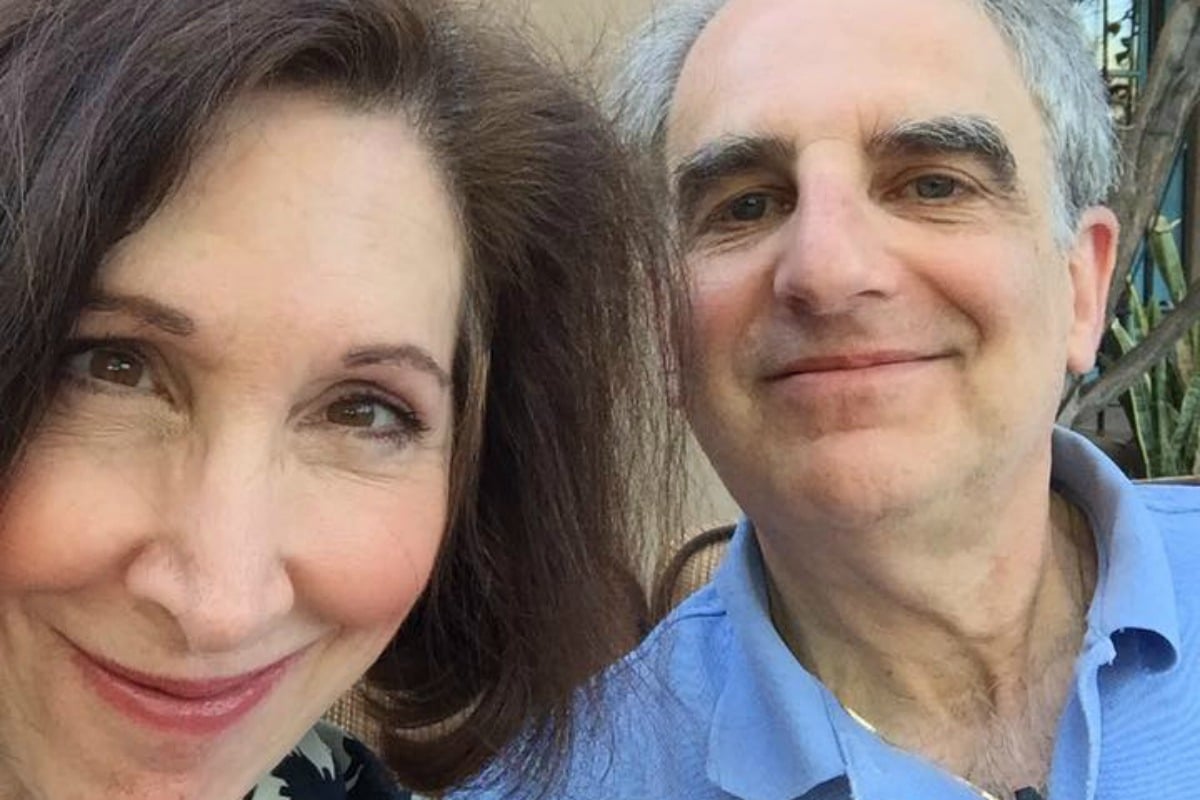
Liane and Marc’s relationship is the stuff of a Hollywood movie script.
She was 25, he was 27. They met on holiday in the Bahamas, where Marc was chasing her college roommate. Then on the flight home to the United States, an “intense” conversation sparked something between them.
“By the time we landed at JFK, I had the unbidden thought,” Liane wrote in The Cut, “‘I could marry a guy like this.’”
Two weeks later they were engaged.
Four decades and two children on, the couple learned that there was more to their relationship than they thought, courtesy of an ancestry DNA test.
“I got an email from the personalised genomics company 23AndMe with the subject line, ‘You have new DNA relatives.’ Which is how I discovered that my husband Marc and I are related through more than mere marriage,” Liane wrote. “We’re third cousins.”
Third cousins means the couple share at least one great-great grandparent. And they’re in regal company: Queen Elizabeth II and Prince Philip are third cousins via Queen Victoria.
Also, before you start wondering if their children have webbed feet, a 2008 study out of Iceland (which has a relatively small gene pool) determined that third cousins have more reproductive success than those who had babies with someone no closer than their eighth cousin.
The Genetic Literacy Project describes it as, “a kind of genetic sweet spot, where the advantages of amplifying positive family traits and the disadvantages of amplifying negative family traits are optimally balanced.”
